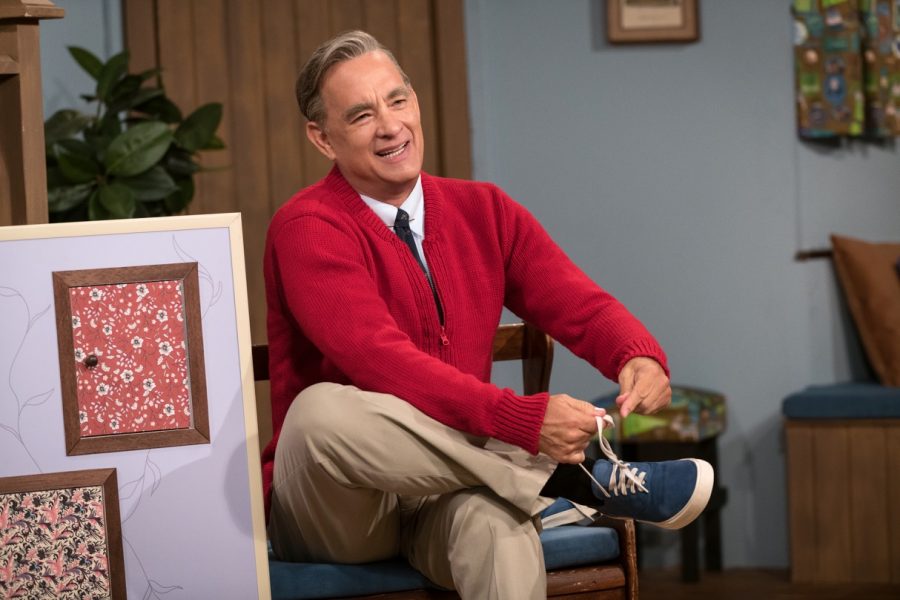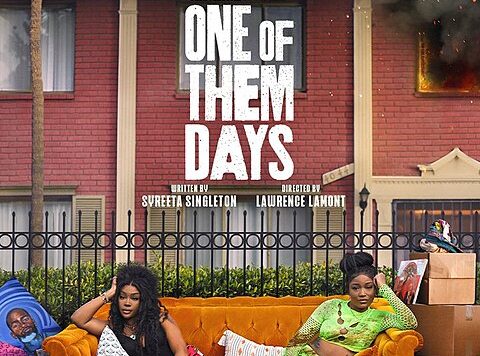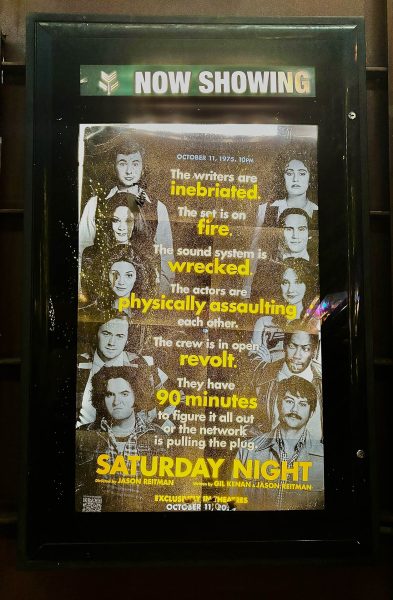New heartfelt Mr. Rogers biopic asks ‘Won’t you be my neighbor?’
Tom Hanks stars as Fred Rogers in ‘A Beautiful Day In The Neighborhood.’ Rogers passed away in 2003 from complications of stomach cancer.
From the opening theme’s dreamlike melody, those simple notes offer a calming invitation to a place of beauty and magic, a community where compassion is the sole currency. With a gentle man’s smile and characteristic red sweater, the audience is immediately welcomed into his neighborhood.
“A Beautiful Day in the Neighborhood”simply, yet impactfully depicts a person of pure light: Fred Rogers. Inspired by the 1998 article “Can You Say… Hero?” by Esquire writer Tom Junod, the film follows disheartened journalist Lloyd Vogel as he begrudgingly accepts a profile piece on beloved children’s television host Fred Rogers (Tom Hanks).
Holding a long-standing grudge against his father, Vogel’s inability to reconcile his feelings of anger and resentment is met with Mr. Roger’s insistence on familiarity and warmth. The audience follows Vogel through a whirlwind of emotions as the opportunity goes beyond merely writing a magazine piece to finding his own story through those around him.
Hanks embodies Mr. Rogers’ enchanting affect on audiences. Echoing a signature gesture from the original show, he casually sits down while singing a tune and takes off his dress shoe, gently tossing it to his other hand before placing it down. Beyond his physical mannerisms and spot-on posture of respectful attentiveness, Hanks channels Mr. Rogers’ unguarded integrity and unceasing compassion scene after scene.
When Vogel joins Mr. Rogers in a subway car, the passengers sing a spontaneous rendition of the tune “Won’t You Be My Neighbor.” Director Marielle Heller incorporates the joy of seeing this altruistic neighbor into a simple scene with profound respect. As the song concludes, Hanks responds quietly, summarizing his soft spirit, “That was wonderful.”
Moreover, Heller captures a part of the human experience rarely displayed on the silver-screen, incorporating both gleeful and sullen elements. The focus shifts from a shot-by-shot narrative of Mr. Rogers and instead examines how Vogel manages his personal issues — a testament to the practical application of Mr. Rogers’ Neighborhood.
Despite the challenge of addressing tough truths such as death, anger and loneliness, Mr. Rogers’ maintains a gentle aura of goodness that shows not only children, but adults how to navigate their emotions.
Overall, the film sings a song describing how Mr. Rogers’ philosophy influences others. It exceeds a merely feel-good aesthetic through a vivid portrayal of honest human interaction, inspiring viewer’s actions in everyday life.
“A Beautiful Day in the Neighborhood” mirrors the message a television program filled with hand puppets and play pals has taught countless audiences. In Mr. Rogers’ words, “I think the best thing we can do is to let people know that each one of them is precious.”
While there may be a myriad of movies to watch during the Thanksgiving holiday, taking a stroll with Mr. Rogers may very well inspire everyone to embrace the familiar phrase, “Won’t you be my neighbor?”











